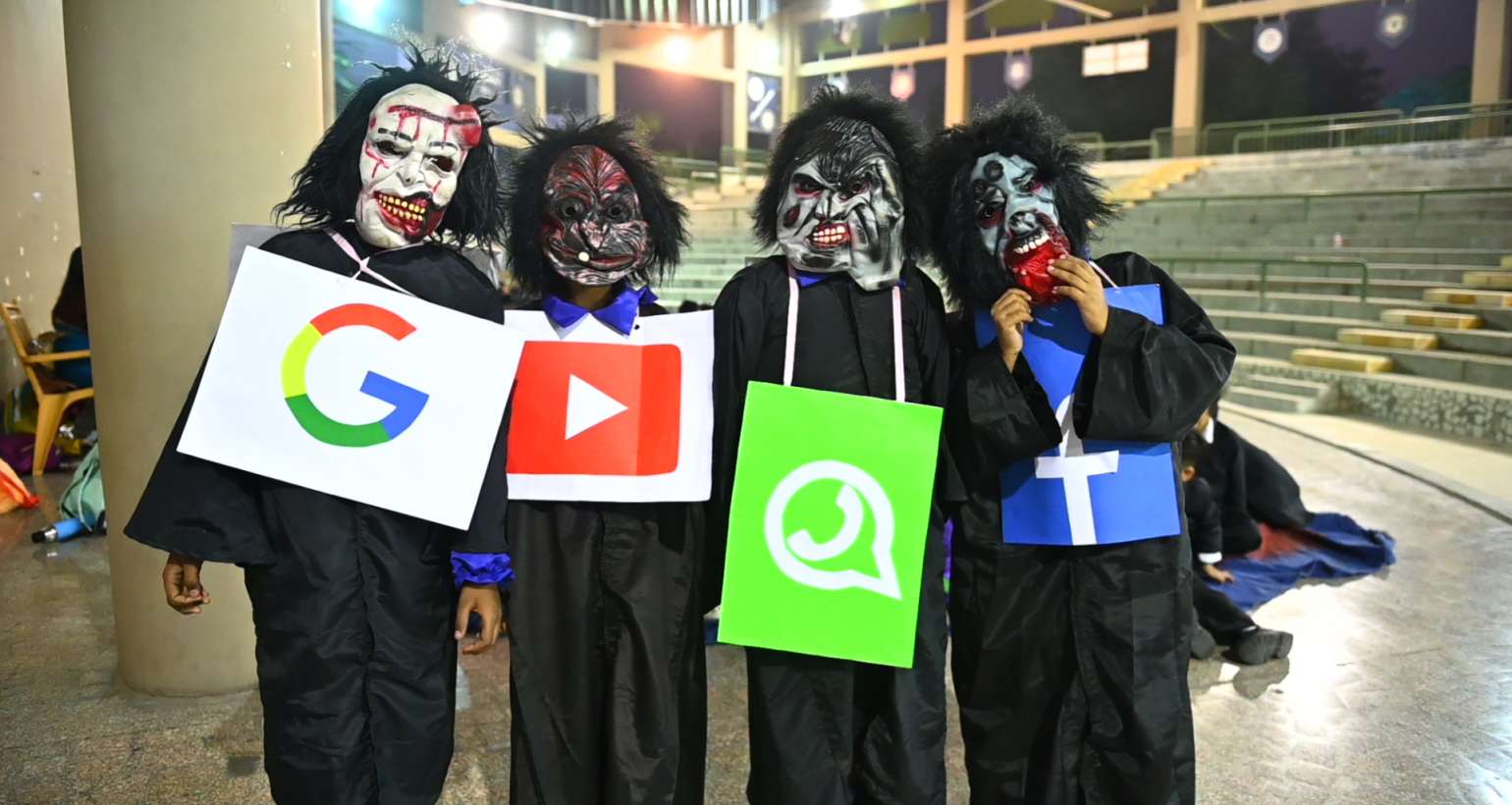In the exciting world of education, there’s a fantastic way of learning that’s catching on and making a big difference – Project-Based Learning (PBL). It’s all about getting hands-on and diving into projects that make learning fun and meaningful. Let’s take a closer look at why PBL is not just another way of teaching, but an exciting way of learning!
What is Project-Based Learning (PBL)?
PBL is a fun and immersive way of learning where students explore interesting topics through hands-on projects. Instead of just reading from textbooks or memorizing facts, students get to work on real-life challenges. Whether it’s creating a model of a sustainable community, making a historical documentary, or building a robot, PBL helps students understand things better and remember them for a long time.
Why PBL Matters in Schools
- Active Engagement: PBL make students excited about learning by letting them choose projects that they’re interested in. It’s like being in charge of your learning adventure!
- Critical Thinking and Problem Solving: With PBL, students become super thinkers! They learn how to solve tricky problems, analyze information, and come up with clever solutions.
- Collaboration and Communication: PBL is all about teamwork! Students work together, share ideas, and learn how to talk and listen to each other – important skills for working with others in the real world.
- Authentic Learning: PBL makes learning real! Instead of just reading about things in books, students get to do stuff like real scientists, engineers, or historians. It’s like bringing the classroom to life! For Example- Whether designing a model of the solar system, exploring the adventure to learn about planets, moons, and stars, or building tiny bridges to understand materials’ strength and durability, PBL allows students to engage directly with the subject matter in a tangible way.
Implementing PBL in Schools
Bringing PBL into schools means changing how we think about teaching. Teachers become guides, helping students explore their interests and providing support when needed. Here’s how it’s done:
- Have clear learning goals that match what students need to learn.
- Choose projects that students care about and relate to their lives.
- Let students have a say in what projects they want to work on.
- Give feedback to students along the way to help them improve and grow.
Project-Based Learning is more than just a way of teaching – it’s a whole new way of learning that makes going to school exciting and meaningful. By embracing PBL, educators can transform traditional classrooms into dynamic hubs of exploration and discovery. Students become active participants in their education, gaining not only knowledge but also valuable skills and competencies that prepare them for success in the modern world.



